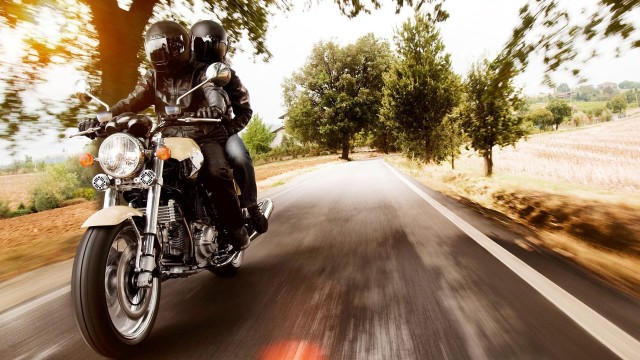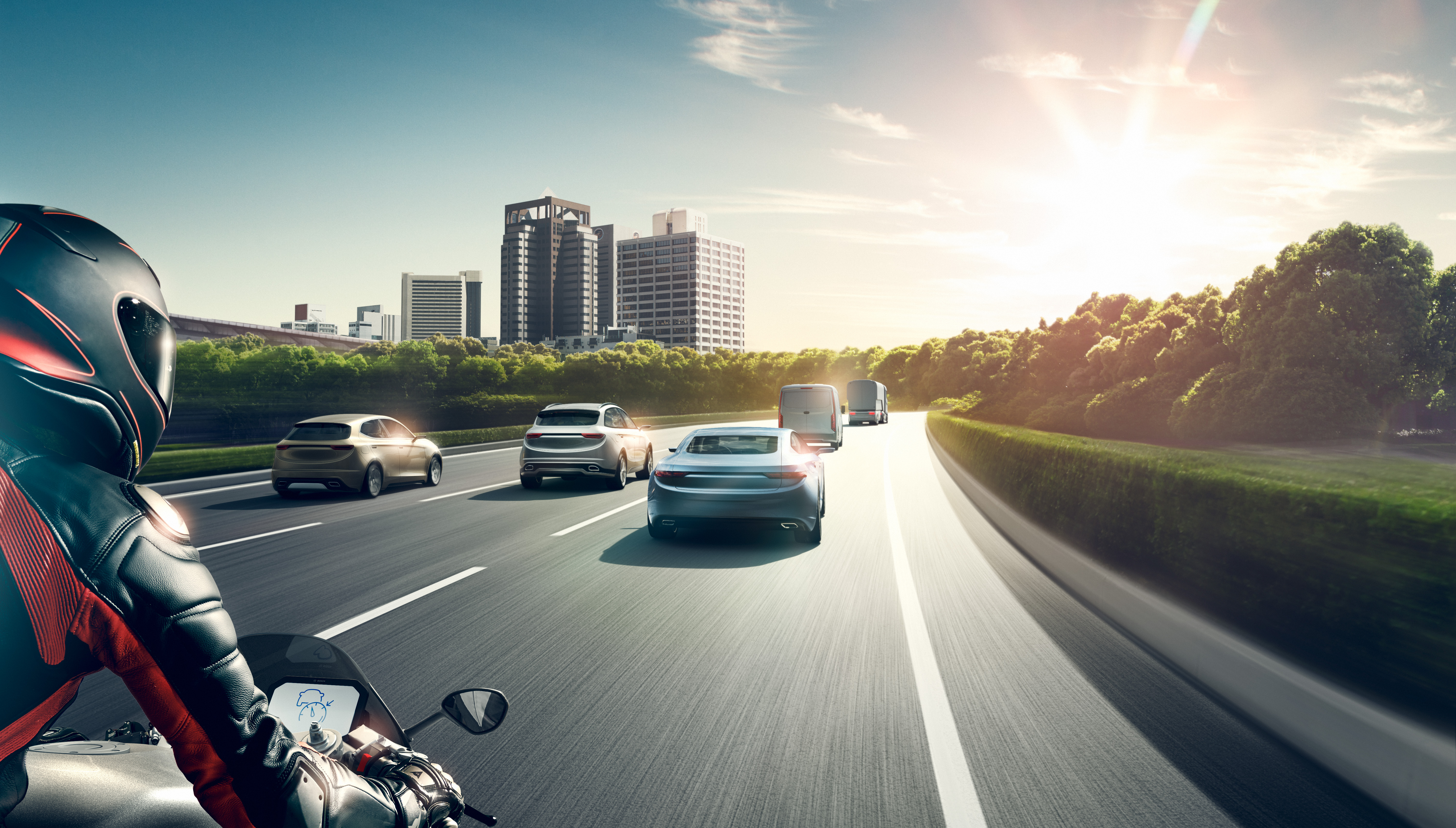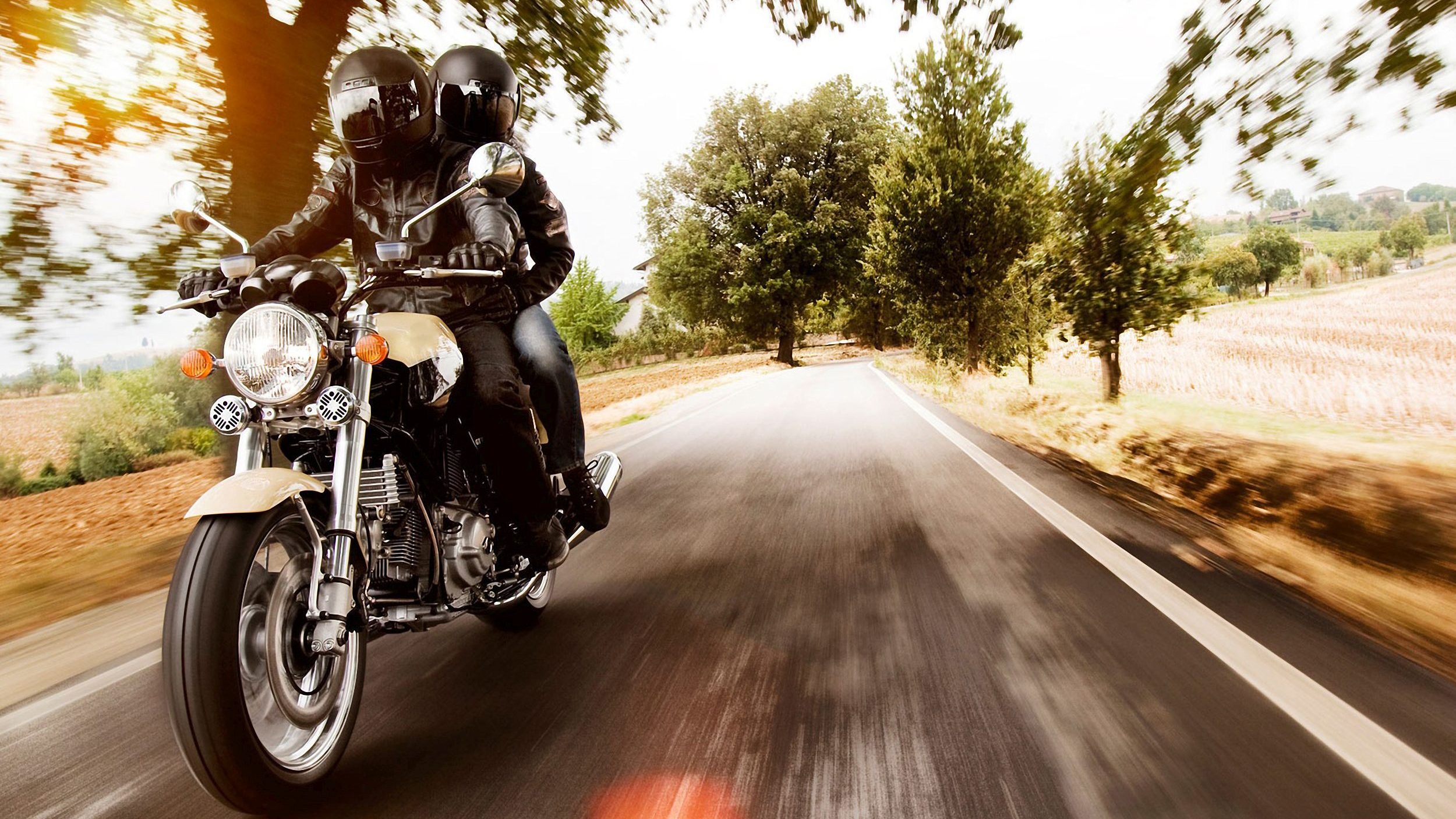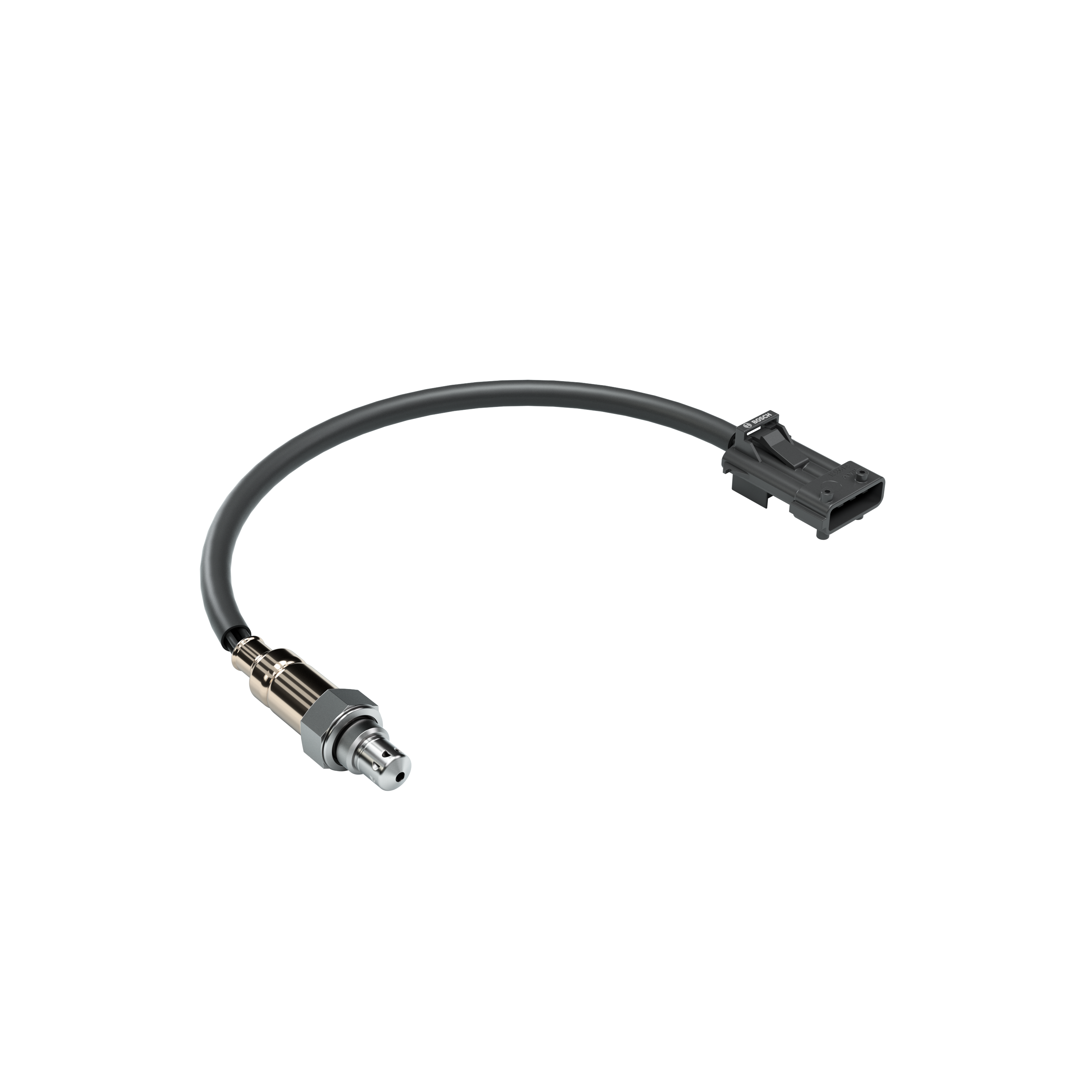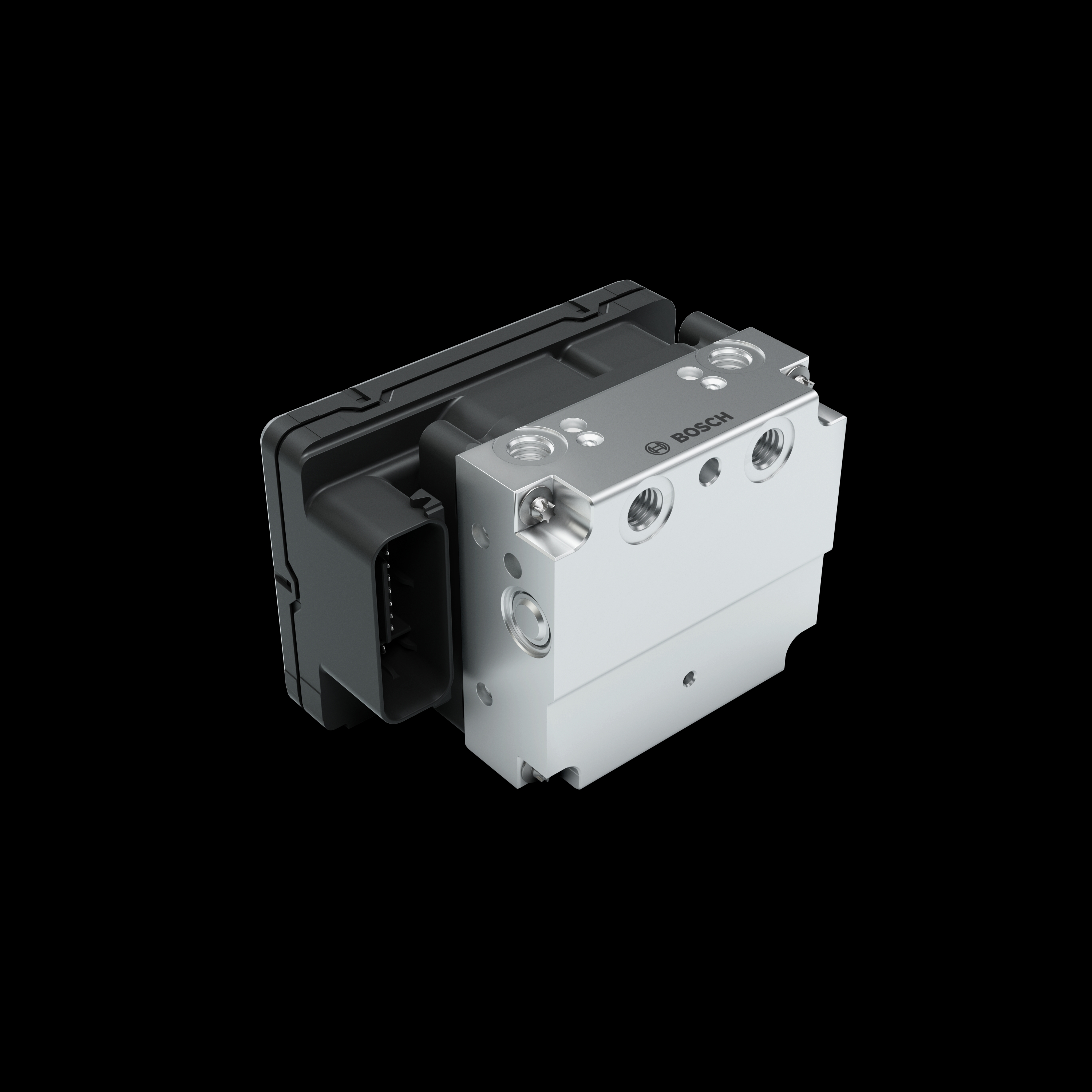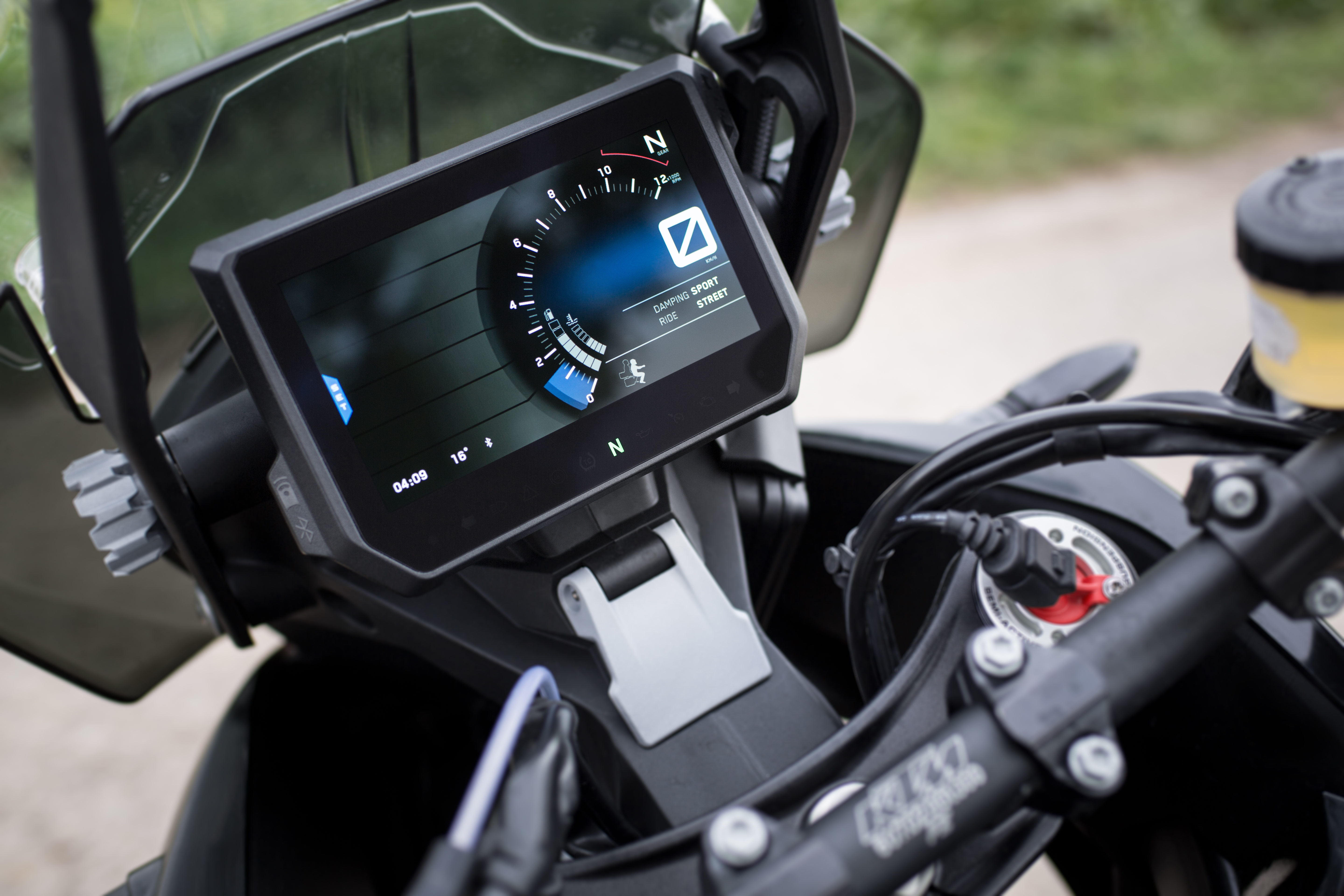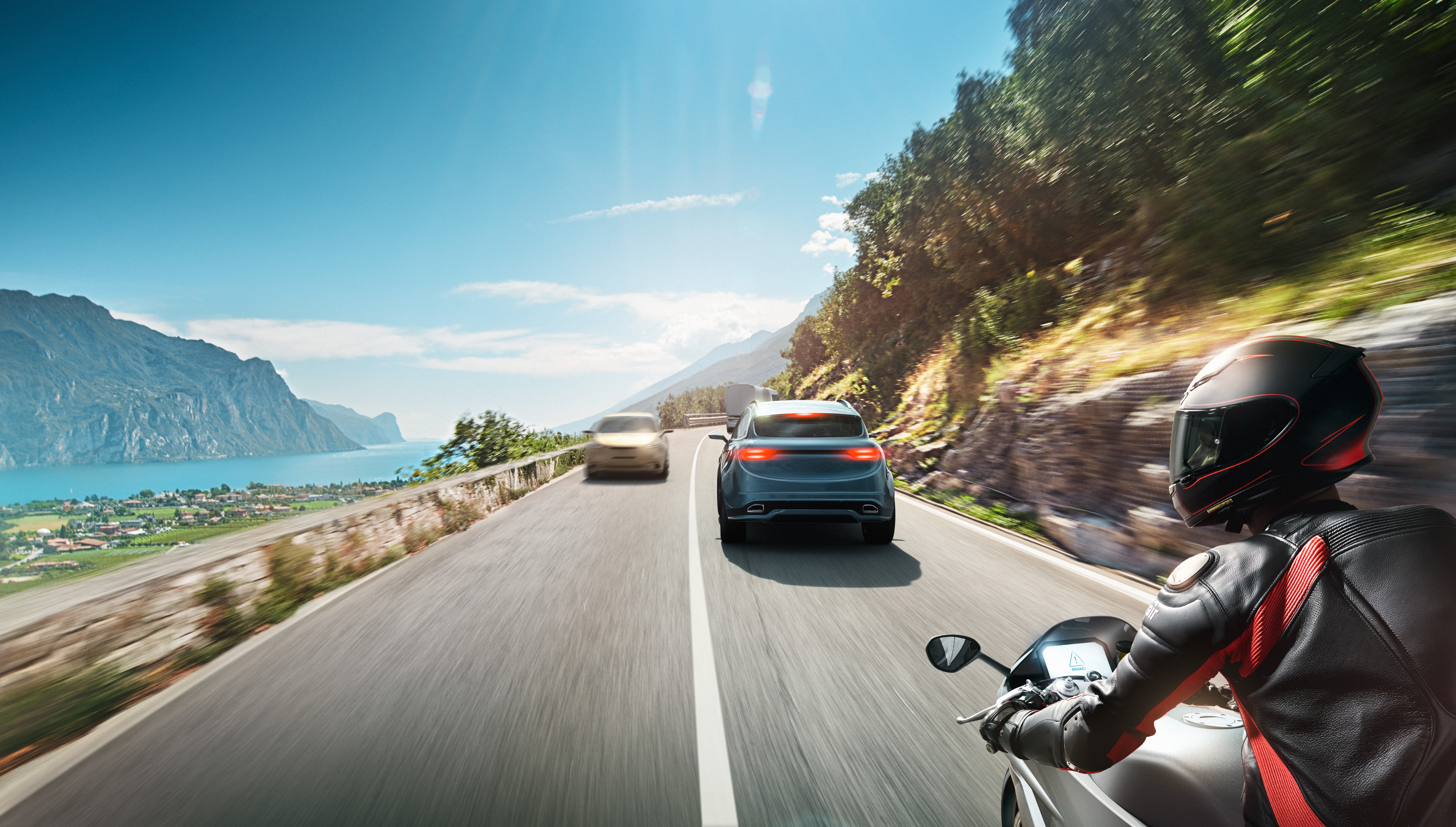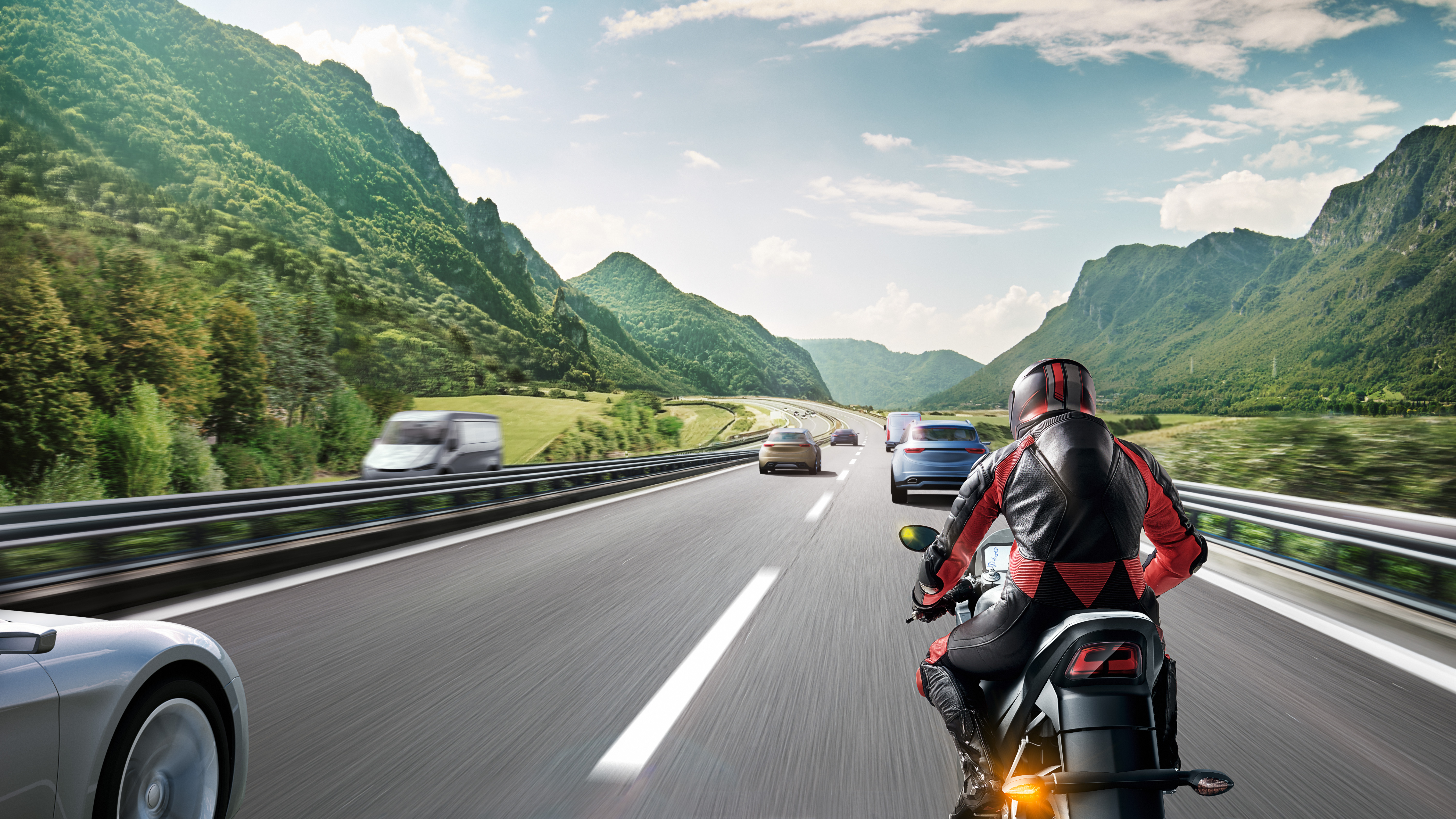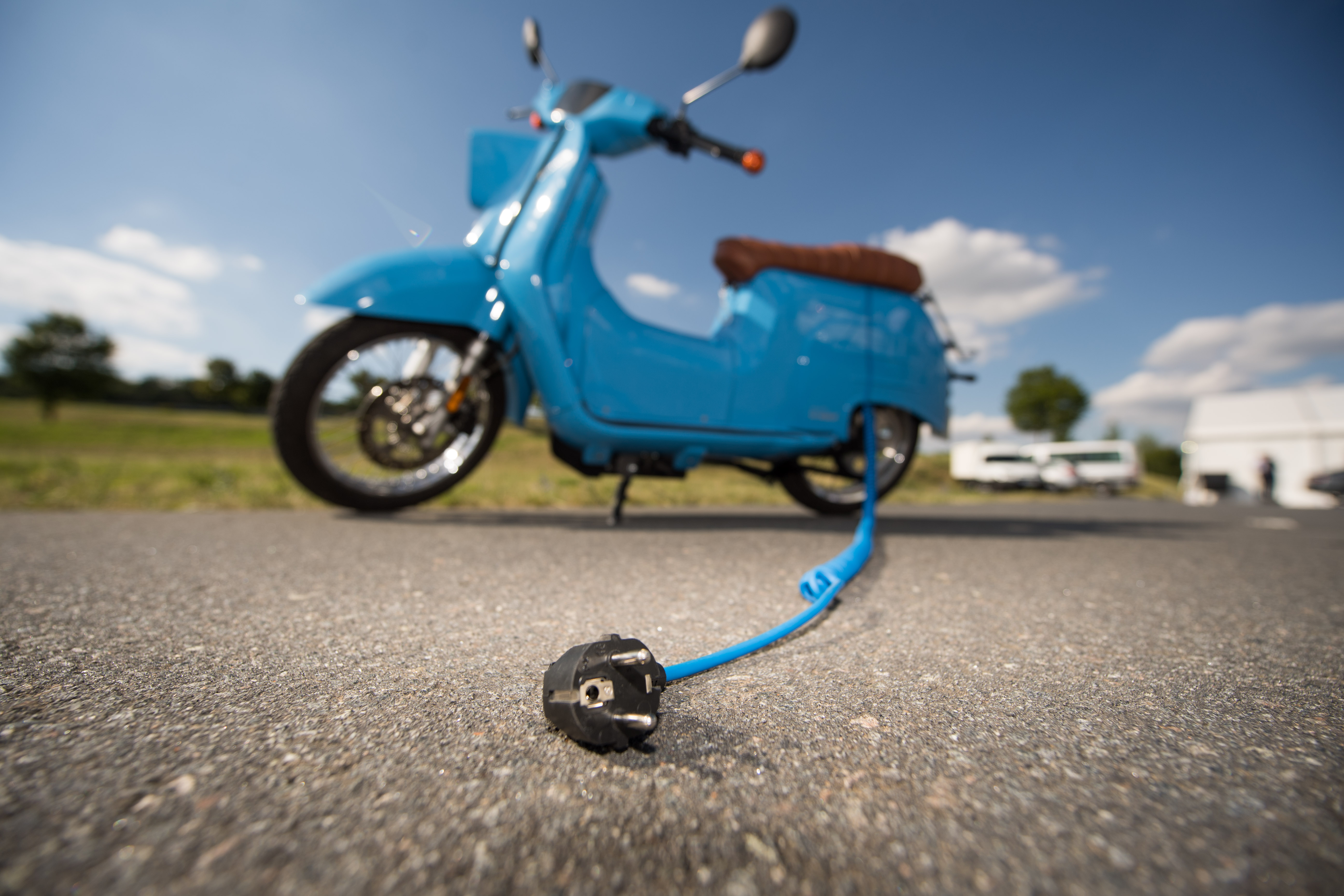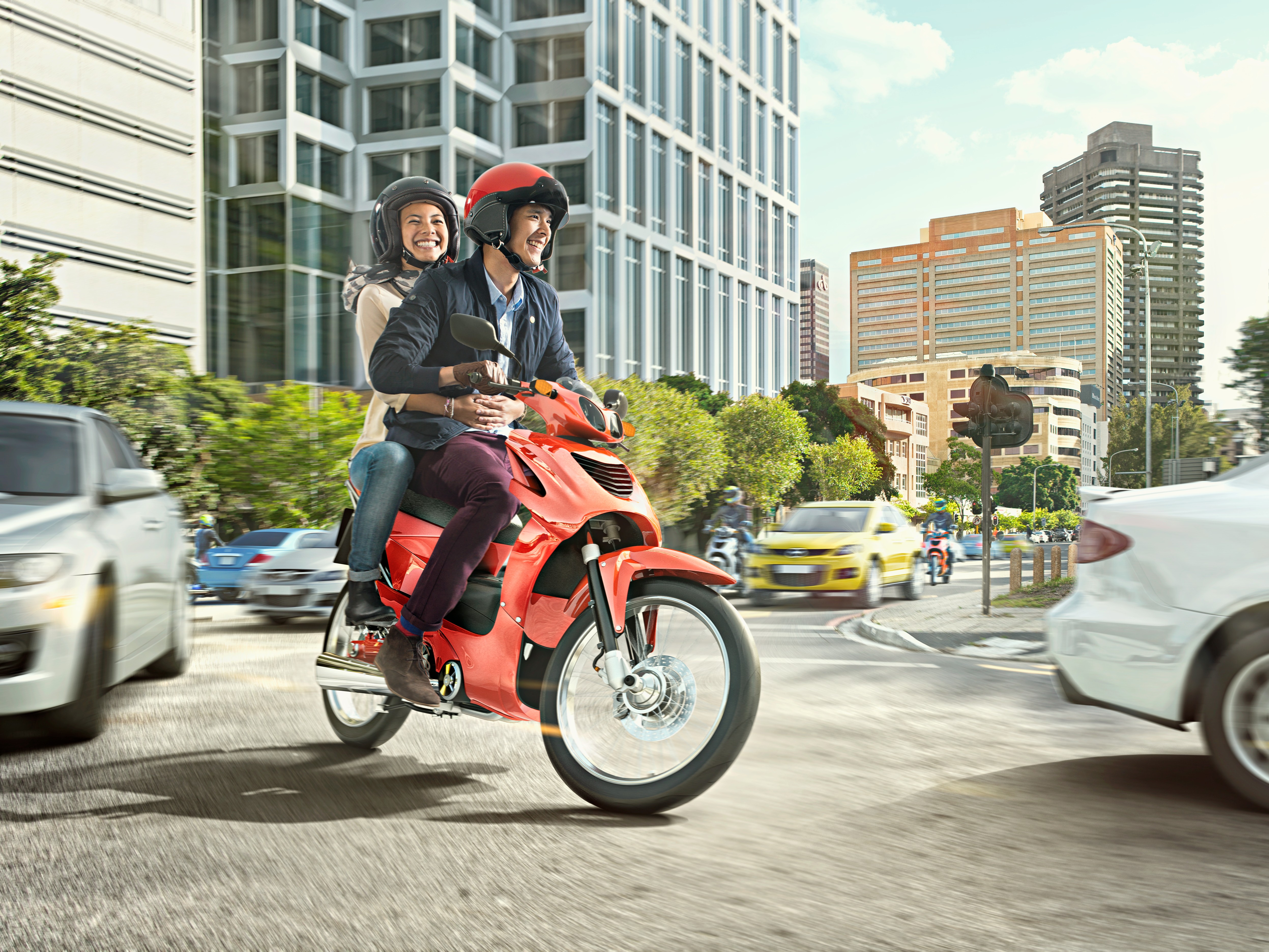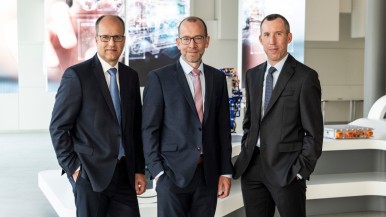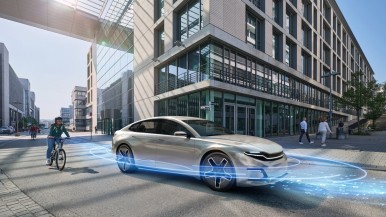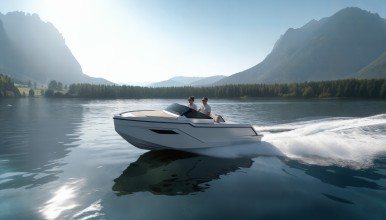Highlights at the Bosch booth (Booth G55, Hall 13):
Advanced rider assistance systems:
According to Bosch accident research estimates, radar-based assistance systems could prevent one in seven motorcycle accidents. These electronic assistants are always vigilant and, in emergencies, they respond more quickly than people can. The technology underpinning these systems is a combination of radar sensor, brake system, engine management, and HMI (Human Machine Interface). Giving motorcycles radar as a sensory organ enables these new motorcycle assistance and safety functions while providing an accurate picture of the vehicle’s surroundings.
Functionalities of the Bosch advanced rider assistance systems:
ACC (adaptive cruise control)
Riding in heavy traffic and maintaining the correct distance to the vehicle in front takes a great deal of concentration and is strenuous over longer periods. ACC adjusts the vehicle speed to the flow of traffic and maintains the necessary safe following distance. This can effectively prevent rear-end collisions caused by driving too close to the vehicle in front. And not only does ACC offer riders more convenience, it also allows them to concentrate more on the road, particularly in high-density traffic.
Forward collision warning
In road traffic, even the briefest lapse in concentration can have serious consequences. Bosch has developed a collision warning system for motorcycles to reduce the risk of a rear-end collision or to mitigate its consequences. The system is active as soon as the vehicle starts and it supports the rider in all relevant speed ranges. If the system detects that another vehicle is dangerously close and the rider does not react to the situation, it warns the rider by way of an acoustic or optical signal.
Blind-spot detection
This system keeps a lookout in all directions to help motorcyclists change lanes safely. A radar sensor serves as the blind-spot recognition system’s electronic eye, registering objects in hard-to-see areas. Whenever there is a vehicle in the rider’s blind spot, the technology warns them by way of an optical signal, for example in the rear-view mirror.
ABS (antilock braking system) evolution: from eBikes to powersports:
Since 1984, Bosch has continuously developed motorcycle ABS technology, and produced the smaller, lighter design with enhanced performance to increase riding safety for all riders of motorcycles in every region. Worldwide, an increasing number of countries, including the European Union, Japan, India, Taiwan, and Brazil are mandating motorcycle ABS or applying it in the near future. Nowadays, this safety system is not only for motorcycles but also for a wider range of vehicles such as powersports vehicles and eBikes.
Bosch has launched the market’s first series-produced anti-lock braking system for eBikes. Due to this new development it will be possible to prevent the pedelec’s front wheel from locking up and also to limit the lifting of the rear wheel – thanks to an intelligent and innovative system. This reduces the braking distance as well as the risk of crashing and rollovers. According to accident researchers, almost a quarter of pedelec accidents could be avoided through the use of ABS. Moreover, the number of accidents with severe injuries could be reduced further.
By the end of 2018, ABS for pedelecs will become commercially available on selected models. For powersports vehicles, in cooperation with BRP, Bosch has realized the world’s first application of ABS on an all-terrain vehicle (ATV). The BRP Outlander and Renegade models brought out in 2018 and 2019 are equipped with the Bosch ABS system.
Solutions for electromobility:
Mobility solutions for the urban environment must be flexible, affordable, and most importantly highly efficient. With the powertrain solutions from Bosch, bicycles, scooters, motorbikes, and three-wheelers can be electrified. Besides end customer vehicles, this can also be applied to commercial applications. Two commercial solutions are shown on this year’s EICMA: the e-cargo bike up to 25 km/h and the e-cargo tricycle up to 45 km/h. Electromobility solutions for Bosch cover more than just powertrain systems. As a part of Bosch’s integrated eScooter system, an app integrates vehicle information, connected functions, and social networking in two interfaces: range and compass modes. Riders can easily manage trips by this friendly and minimalistic design focusing on the users’ needs for the specific situation.
Additional topics at the Bosch booth:
New MSC Motorcycle Stability Control enhanced system:
The new enhanced motorcycle stability control system is available as a semi or full integral system. The box volume was reduced by 35 % and weight by 20 % compared to the previous generation 9 unit. This reduces the installation effort for the motorcycle manufacturer and enables the installation on smaller motorcycles. The unit utilizes state of the art passenger car technologies and was designed to accommodate future functionalities such as advanced rider assistance systems. Its global premiere will be at the Bosch booth.
Engine management systems:
Electronic engine management systems are the core of efficient and economical technology, which allows two-wheelers to fulfill future emissions regulations such as Euro 5 and BS 6 (Bharat stage 6) including OBD l/ll. In combination with highly developed sensor technology, engine management systems have achieved considerable increases in efficiency compared to conventional carburetor systems and can reduce CO₂ emissions by up to 16 % (depending on the situation). The control unit is the main component of the new engine management system. This small computer analyzes all the data from the powertrain sensors and adjusts among other things, ignition timing and fuel injection quantity. To address the future emission regulations like Bharat Stage 6 in India, Bosch has also developed a new mini heated Lambda sensor which is specially designed for two-wheeler applications. Lambda measures the oxygen content in the exhaust gas and helps in optimizing the air/fuel-ratio.The M12 thread and the optimum protection tube design allows compact installation, with optimized heater power for two-wheelers. The planned life time is about 100,000 km. The new mini heated lambda sensor will go into series production in 2019.
Integrated connectivity cluster with mySPIN:
Advanced rider assistance systems require a user focused HMI (human machine interface) to visualize the functionalities for motorcycle riders. Bosch’s integrated connectivity cluster combines traditional instrumentation with a wide range of infotainment features in a single device. The integrated connectivity cluster connects to the rider’s smartphone via Bluetooth, and through intuitive controls on the handlebar, the riders are effortlessly able to make and receive phone calls, access their contact lists and listen to music.The mySPIN – smartphone integration solution enables further functionalities. It enables riders to bring riders’ smartphone content to their motorcycle, scooter, or powersports vehicle. This provides all vehicle manufacturers with an open platform featuring an extensive range of options. mySPIN also has the potential to leverage the expertise of key third party apps, for its usage simplicity and its capacity to minimize distractions, thus increasing riding comfort and convenience.
